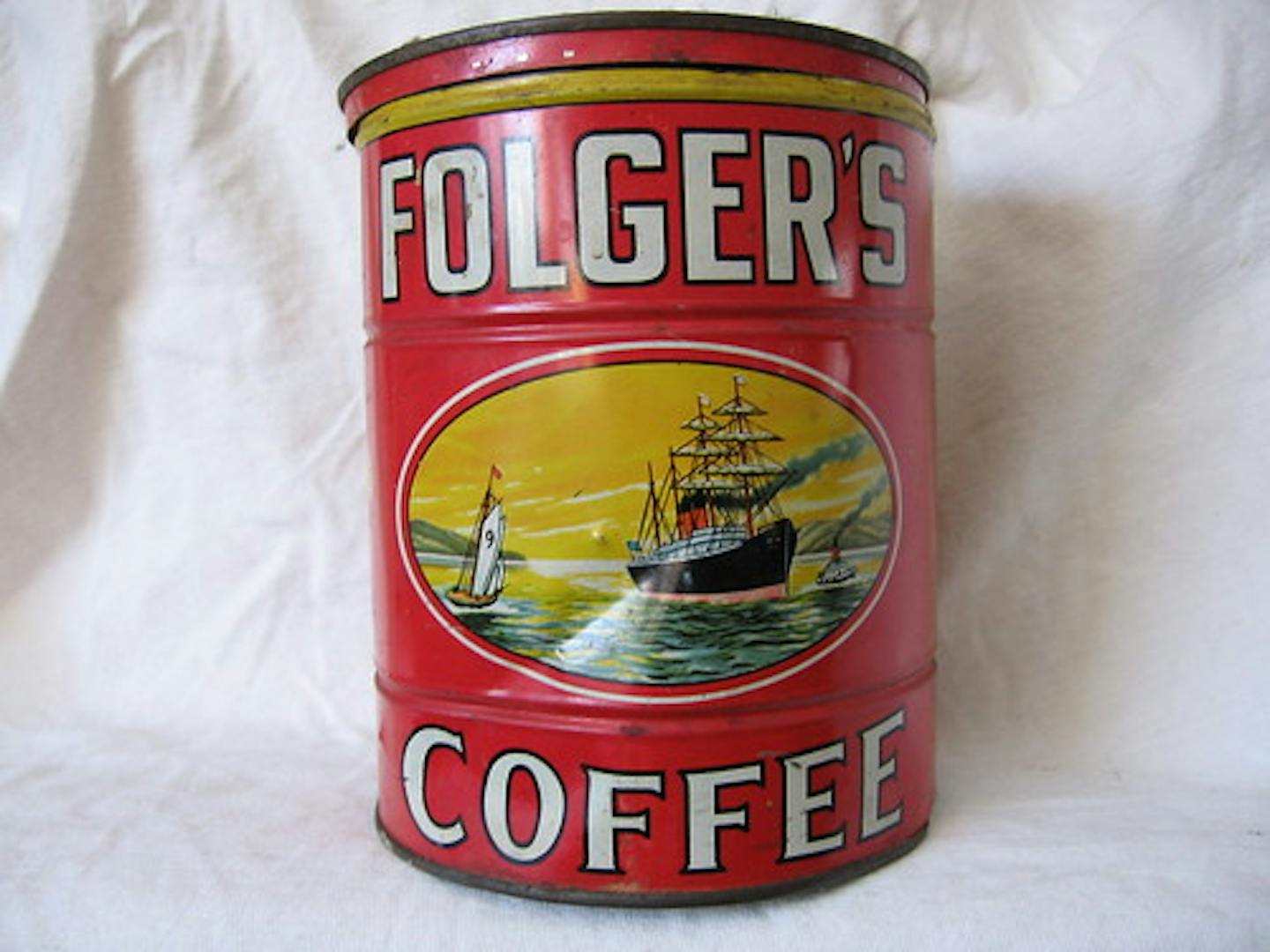Table of Contents
Hello, today we will explore the development of the coffee industry through different waves from the late 19th century to the present. Each wave brings its own unique features and trends, reflecting changes in how people enjoy and produce coffee. It is wonderful that we are living in what is considered the most prosperous period of coffee culture, not only in Vietnam but also worldwide. Let's delve into each wave to better understand the development of the coffee industry.
First Wave Coffee
Time and Core Values
The first wave of coffee began in the late 19th century and lasted until the mid-20th century. The core value of this wave is convenience. Coffee was considered a beverage that energized and kept workers alert, and it was easily available in grocery stores. Due to mass consumption, coffee became one of the largest traded commodities globally.

Quality and Flavor
During this period, quality and flavor were not emphasized. Coffee often had a bitter taste, and consumers primarily focused on convenience and availability.
Notable Countries
United States: Major coffee brands like Folgers and Maxwell House. Instant coffee and canned coffee became widely popular.


Europe: Many European countries consumed instant coffee early on, particularly in the UK and Germany.
In the first wave, coffee became a major traded commodity worldwide, marking the initial step in the development of the coffee industry.
Second Wave Coffee
Main Characteristics
The second wave of coffee took place from around 1960 to the late 1990s, focusing on enjoying coffee for its quality and experience. Coffee shop chains like Starbucks and Peet’s Coffee emerged, bringing a new trend to young people.
With increasing awareness, consumers demanded more from their coffee. To meet these needs, coffee shops and roasters began experimenting with different roast levels and using blends from around the world. They started analyzing, comparing, and contrasting these coffees to explore new flavor experiences.


Brewing Methods and Experience
This period saw significant development in various brewing methods such as espresso machines and automatic coffee machines. Espresso, Cappuccino, Latte, and Mochas became popular, offering flavorful, aromatic coffee quickly and consistently.
Quality and Flavor
There was an increased focus on quality and flavor, though not yet on specific origins.
Notable Countries
United States: Strong growth of Starbucks and other coffee chains.
Canada: Tim Hortons became a cultural icon with coffee and related products.
Australia: Coffee shops like Gloria Jean's and Muffin Break expanded their presence.

The new coffee culture spread globally, making coffee one of the most dynamic traded commodities, second only to oil.
Third Wave Coffee
Time and Main Characteristics
The third wave of coffee began in the early 2000s and continues to the present, treating coffee as a craft. During this period, artisanal coffee shops and small roasters flourished.
High quality, coffee bean origins, and cultivation methods became critical criteria. There was also a push for fairness and sustainability in the coffee supply chain through certifications like Fair Trade, Organic, and Direct Trade.
Brewing Methods and Experience
Manual brewing methods such as pour-over, siphon, and Aeropress became popular, highlighting the coffee's original flavors. Consumers were educated about coffee characteristics, and the coffee experience was emphasized.

Quality and Flavor
Quality and flavor became the focus. Roasters concentrate on extracting the inherent flavors of coffee grown in specific soil, altitude, and climate conditions. There was more investment in processing techniques and extraction processes, with lighter roasts to preserve natural flavors and aromas, allowing coffee enthusiasts to discover complex and varied taste profiles.
Notable Countries
United States: Cities like San Francisco, Portland, and Seattle become hubs for artisanal coffee.
Europe: Countries like the UK, Germany, and Scandinavia with small coffee shops and independent roasters.
Australia: Melbourne and Sydney are renowned for their distinctive coffee culture and artisanal coffee shops.
Japan: Coffee culture thrives with a blend of tradition and modernity.
The role of the barista was elevated and highly regarded, playing a crucial part in creating unique coffee experiences.
Fourth Wave Coffee
Time and Main Characteristics
The fourth wave of coffee started in the mid-2010s and continues today, marking the integration of technology and science into coffee production and brewing. Coffee is not just a beverage but an intellectual masterpiece.
Technology and science are applied in coffee production, from highly customizable automatic coffee machines to flavor analysis tools. Finding unique coffee stories and promoting sustainability in the coffee industry have become key trends.

Brewing Methods and Experience
Advanced equipment and techniques such as customizable automatic coffee machines and flavor analysis tools are used to optimize quality and experience.
Knowledge and understanding of coffee are expanded for consumers through mobile apps, scientific articles, and courses.
Especially emphasize community value through the discovery of unique coffee stories.
Sustainability and fairness in the coffee industry are continuously promoted, focusing on environmental protection and improving the living conditions of coffee farmers.
Notable Countries
United States: Use of technology and science in coffee brewing and production, with pioneering coffee shops like Blue Bottle Coffee.

Europe: Countries like the UK, France, and Germany apply advanced technology and sustainable methods in the coffee industry.
Australia: Sydney and Melbourne continue to lead in integrating technology and science into coffee production processes.
Asia: Countries like South Korea, China, and Singapore are experiencing rapid development of the fourth coffee wave with modern technology and scientific methods.
We can see that Vietnam is well-positioned to develop in the second and third coffee waves and approach the fourth wave. The combination of artisanal coffee shops, advanced technology, and strong export capabilities can make Vietnam an important partner in the global coffee industry. Meanwhile, the United States continues to lead in developing and consuming fourth-wave coffee products, creating opportunities for collaboration and experience exchange between the two markets.
Conclusion
In the context of the continuous development of the coffee industry, each wave has contributed to changing how we enjoy and produce coffee. From initial convenience to honoring original flavors and integrating modern technology, the coffee industry has gone through significant development phases.
There is much to look forward to in the future of the coffee industry, both domestically and internationally. Vietnam and the United States each have unique characteristics and trends. Collaboration and experience exchange between coffee markets will help further strengthen this dynamic industry.






